When it comes to setting up a home gym, one of the most common questions is: “Should I get a squat rack or a power rack?” Both are must-haves for safe and effective strength training, but they serve different purposes and are better suited for various training needs.
In this post, we’re going to break down the differences between squat racks and power racks, including setup, functionality, and when to use each. By the end of this, you’ll know which one to get for your garage gym.
What is a Squat Rack?
A squat rack, also known as a squat stand, is a minimalist and versatile piece of equipment. Most squat racks come with pull-up bars and can be upgraded with attachments like J-cups to increase functionality. A squat rack provides a safe and stable base for Olympic lifts, squats, and presses. It’s a popular choice among CrossFitters and those who focus on compound exercises.
Pros:
-
Space-Saving: Perfect for small garages or apartments.
-
Affordable: You can find a quality squat rack for a decent price, making it a great option for those on a budget setting up a home gym for the first time.
-
Increased Exercise Variety: If you’re a dynamic lifter, a power rack limits your range of motion and doesn’t allow for quick bar changes.
What is a Power Rack?
A power rack, also known as a full cage, is a more comprehensive piece of equipment. It features a fully enclosed frame with additional safety features like pin pipes or safety straps. A power rack is designed for safety with heavy lifts, making it perfect for training alone. The setup of a power rack is similar to a squat rack, but it requires more parts and time to put together.
Setup Tips:
-
Measure Twice: Make sure you have enough clearance around the rack.
-
Prepare Your Tools: Bring a socket wrench, step ladder, and a buddy to help with vertical adjustments.
-
Follow the Instructions: Attach uprights, line up pre-drilled holes, and add horizontal components like pull-up bars.
Pros and Cons
Squat Rack
-
Pros: Affordable, space-saving, and versatile.
-
Cons: Limited safety features; not suitable for very heavy lifts unless you have a spotting partner.
Power Rack
-
Pros: Extremely safe with high weight capacities (up to 1500 lbs), great for training alone.
-
Cons: Larger footprint, higher price tag, and more space and investment required.
Which Rack is Right for You?
Consider your budget, available space, and training needs. A squat rack is a good option if you’re on a tight budget and short on space. But if you’re an experienced lifter or plan on crushing heavy weights without a spotting partner, the safety features of a power rack are worth the extra cost.
Both squat racks and power racks can be incredibly useful for building strength and supporting your training needs. If you have any questions about which rack to get for your garage gym, shoot us a comment!


















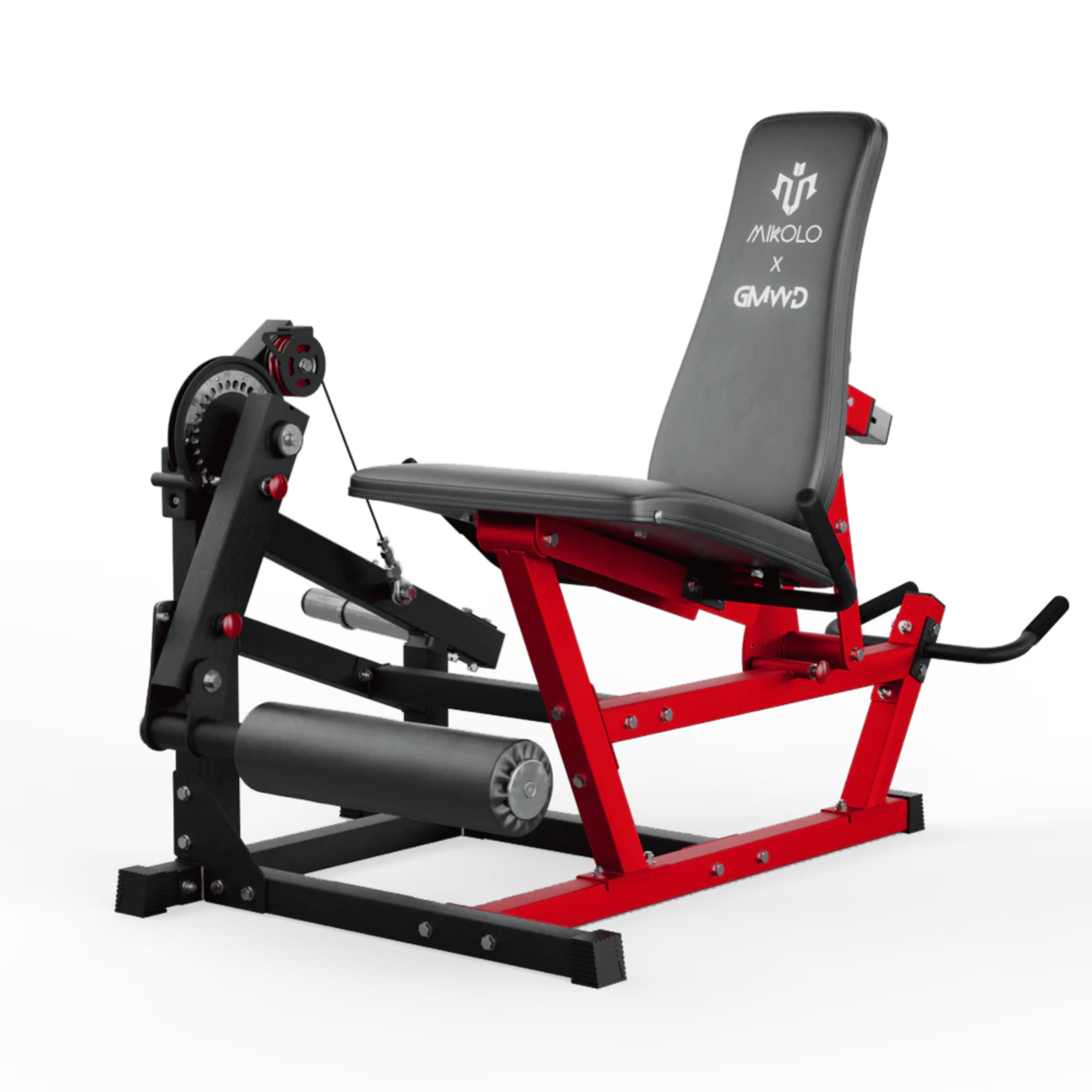
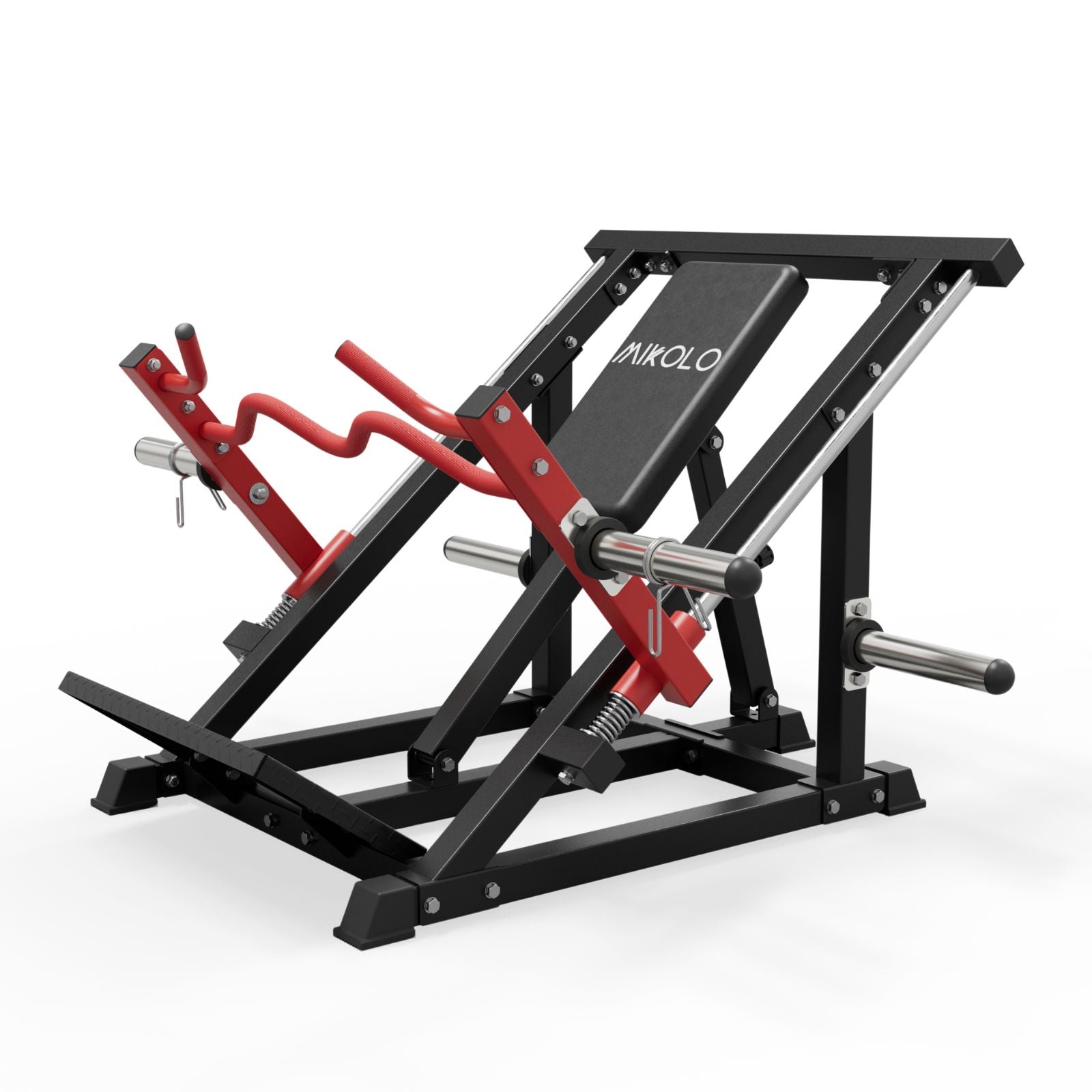


















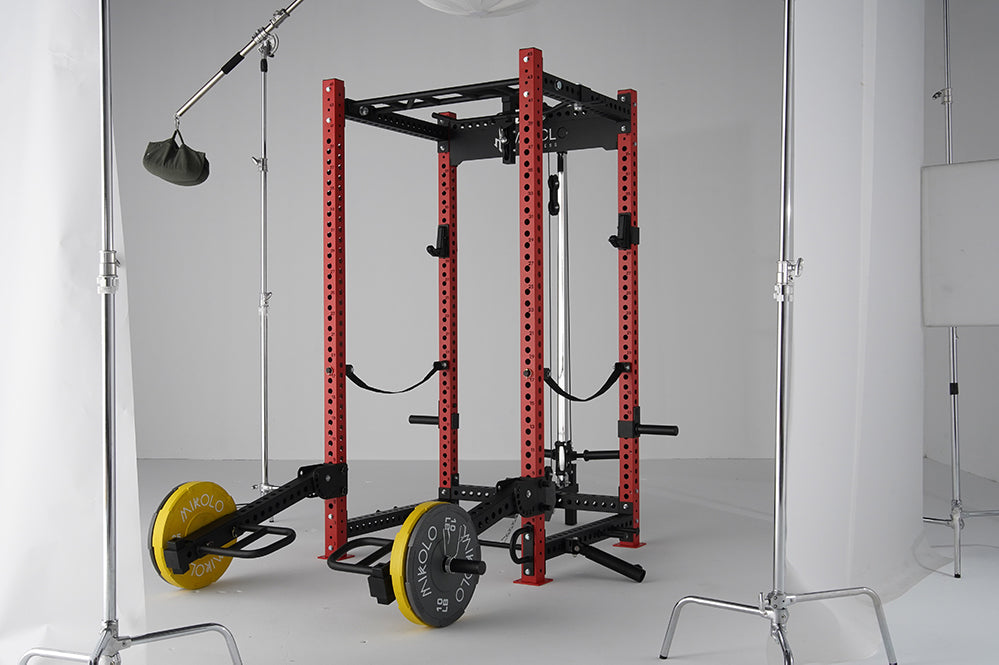
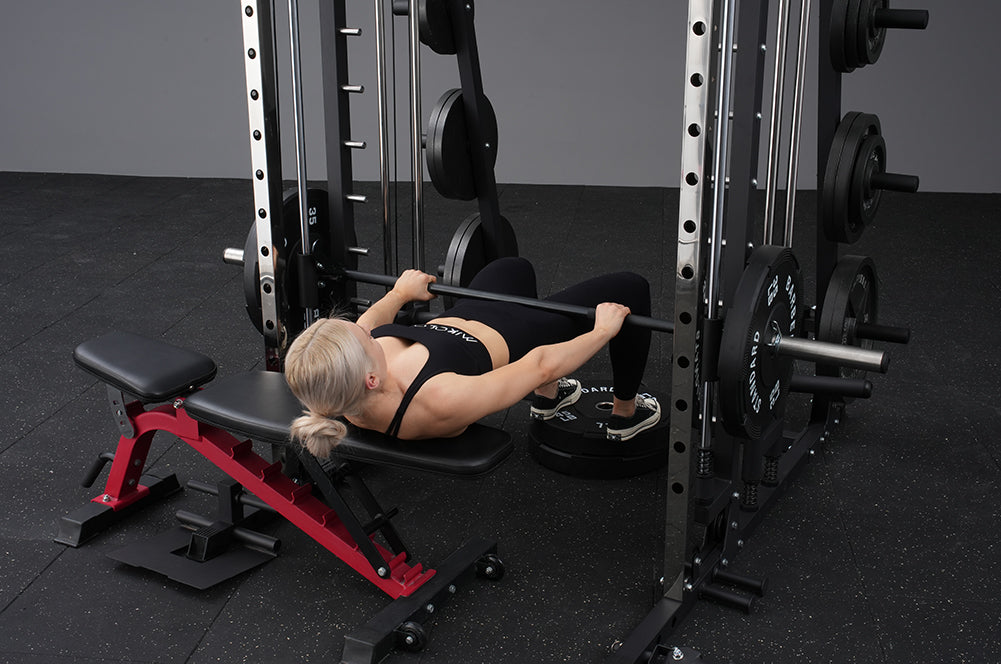
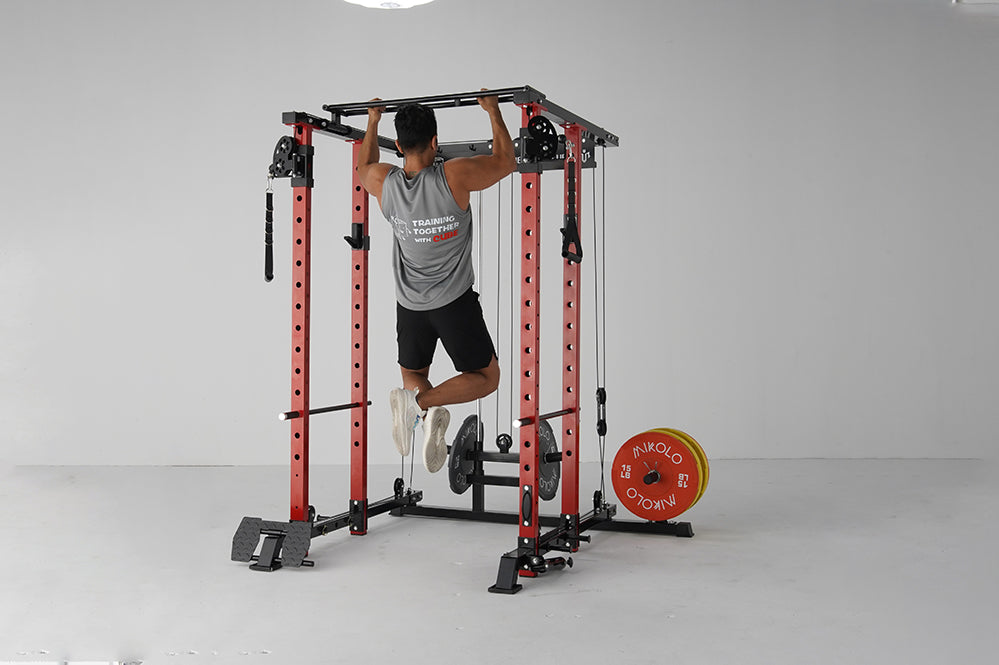




Leave a comment
This site is protected by hCaptcha and the hCaptcha Privacy Policy and Terms of Service apply.